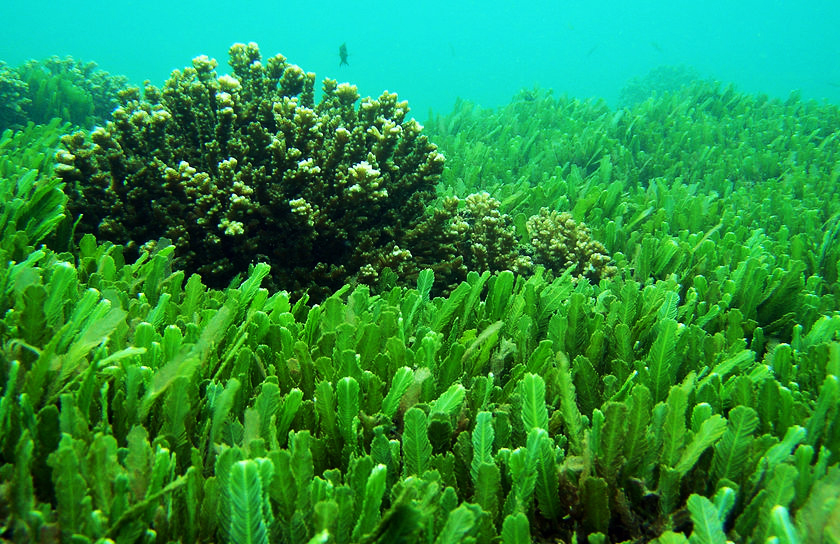We, as humans, are multicellular organisms. If a sliver of skin was removed from your arm right now and placed under a powerful microscope, a number of cells would be seen. It would make for an interesting view. However, there are some creatures here on this planet that are unicellular.
Unicellular, as in having only One Cell?
We have bacteria, protozoa, some algae and some fungi. It must be noted that some of these organisms live in colonies but this doesn’t change the fact that they are unicellular. It is believed that the earliest form of life to begin on Earth billions of years ago were unicellular. The majority of them can only be seen using a microscope. We refer to them as microorganisms.
Unicellular Algae
Algae create a food source for themselves by using light in the same way that land based plants do. We’ve all seen seaweed riding the waves of the ocean. Seaweed is a multicellular example of algae. A unicellular example would be the division of euglenophyta. They stick to freshwater for the most part and have a flagella for motion. You can compare a flagella to a human leg’s use when we swim as it is used to propel the algae from place to place. The usual genus is Euglena. If you’ve seen green muck on pools and ponds, it was very likely you were beholding a colony of euglenophyta basking in the sunlight creating food for themselves by way of photosynthesis.
Slime Mold
Slime mold serves as an interesting example of unicellular organisms. They can live their life as a single cell organism but reserve the right to group together to form multicellular reproductive systems. There are over 900 species of slime mold that exist and their name refers to the fact that during certain phases of their life, they form a gelatinous slime. Slime mold have been shown to exhibit highly intelligent behavior. When they have been physically separated, they have come back together to form one single mass. They have also been shown to become proactive in response to dire conditions that have been created in lab tests.
They are Everywhere!
Unless you spend large amounts of time creating them in a lab at your home or you spend time in forests looking for them on the barks of trees, you aren’t likely to run into large colonies of these unicellular organisms yourself but they exist just as surely as you are sitting here reading this. If you would like to treat yourself, go on a hiking trip and seek out a unicellular colony. Or you could even purchase a petri dish kit and grow them yourself after collecting a sample from a nearby pond.

